2025 Volvo XC90 Review: Old, But Still Gold

Pros
- Gorgeous interiorSuperb comfort and refinement
Cons
- Limited powertrain optionsNot the big SUV for driving enthusiasts
The Volvo XC90 has been around since 2002, yet it’s still only in its second generation. This isn’t normal. In that time, for instance, that old staple, the VW Golf, has morphed from Mk4 to Mk8.
This second-gen XC90 has already been around for a decade, and thanks to that if-it-ain’t-broke attitude, has only just received its first really big facelift. There is another factor, though – it was supposed to have been replaced by the electric EX90, before faltering EV sales led Volvo to change course. Still, with a nip-and-tuck to the lights and a swishy new grille, it looks as fresh now as it did in 2015.
As massive family buses go, it really is a handsome old brute. Volvo’s ongoing devotion to keeping things crisp and clean is all the more welcome in a class populated by the likes of the wonky-bottomed Land Rover Discovery and child-scaring BMW X7.

The powertrains have been noticeably slimmed down over the years. There are only two to choose from, the B5 and T8, and no, the numbers in Volvo engine designations sadly no longer refer to cylinder count. Both are anchored around a 2.0-litre turbocharged petrol four-cylinder, an eight-speed automatic and all-wheel drive. You won’t find any diesels here – Volvo made its last ever oil-burner in 2024.
The B5 is a 247bhp mild hybrid, but we’ve been driving the T8. This is a plug-in hybrid and complements the turbocharger with a supercharger (in this regard only, the XC90 is exactly like a Lancia Delta S4). Engine and e-motor combine for a peak of 449bhp, and it’ll hit 62mph in a quoted 5.4 seconds, although Volvo, in its ongoing crusade for greater safety, limits all its cars’ top speed to 112mph these days.
Still, you might think with that healthy slug of power and spritely acceleration that this is some sort of sports SUV. Erm, no. Quick, yes, sometimes to the extent that it catches you out and you’ll find the front wheels scrabbling as you pull out of a junction.

But sporty? Absolutely not. Try to thrash it, and the XC90 will reject you in a very polite, Swedish way. The steering is accurate enough, but highly assisted and offers very little feedback. While the air suspension keeps things reasonably level through fast corners, it’ll soon start pitching and leaning under hard cornering and braking, and will quickly pile into understeer if you take liberties. It can cover ground swiftly, but never in a way that activates your primal lizard brain.
And that’s fine. It’s so far beyond the point of this car that you may as well be asking what a cruise ship is like for offshore powerboat racing.
No, the XC90 is designed to be big, comfy and bring your resting heart rate down to that of an elephant’s. This starts with the way it lopes along a motorway. Its air suspension irons out bumps with spectacular aplomb, the gearbox shifts near-imperceptibly, and the cabin is vault-like in the way it shuts out the outside world.
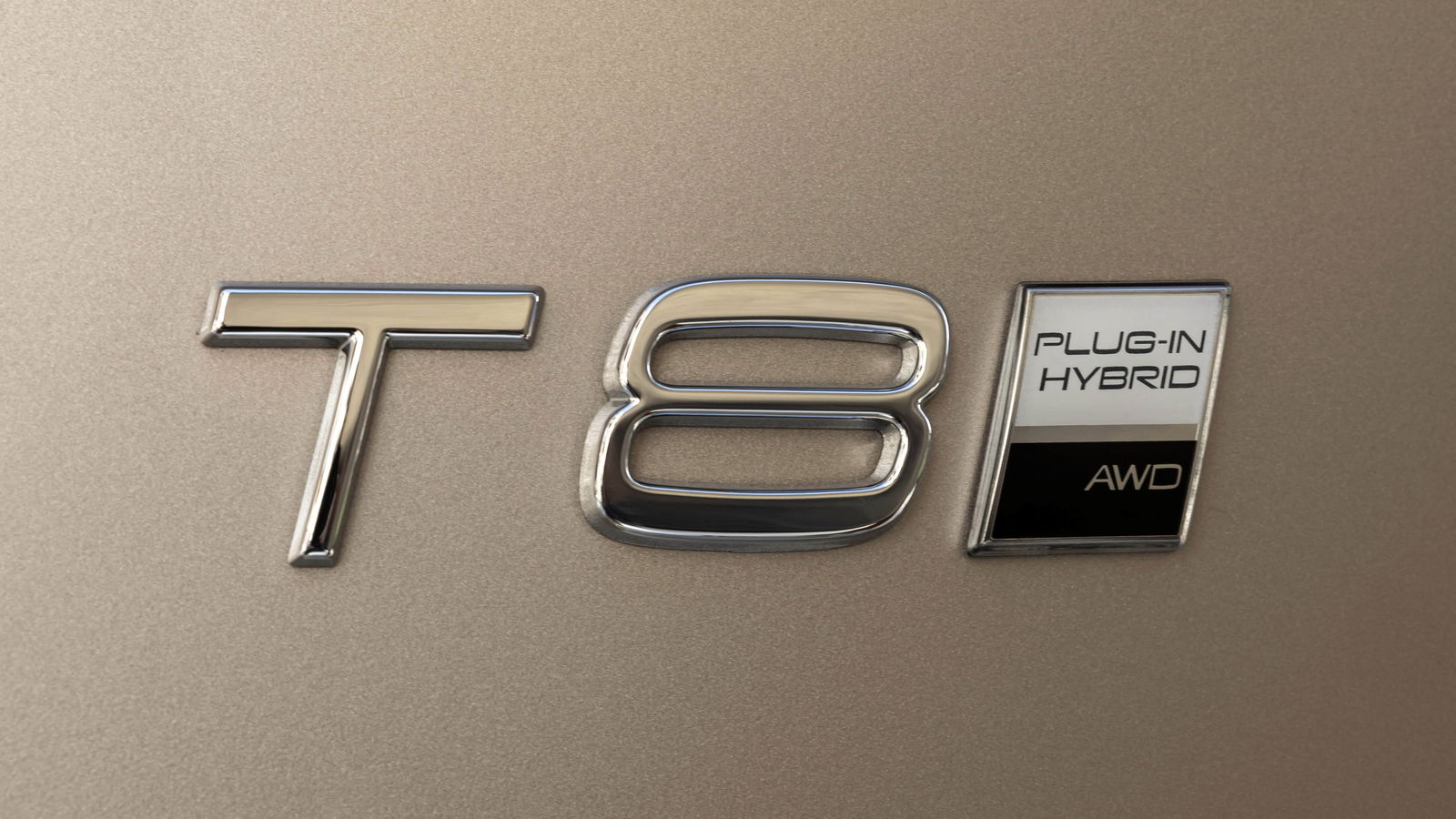
The choice to eliminate any diesels or bigger petrol engines brings a couple of disadvantages, though. When you’re just wafting, the engine’s barely noticeable, but when you need to call on its power reserves, it can get a little coarse and thrashy.
With a quoted EV-only range of 44 miles and an inevitably lower real-world one, you’ll likely be running around with an empty battery quite a lot, meaning the little engine has to shift around almost 2.3 tonnes of Volvo all on its own. The manufacturer quotes a combined 217mpg, but that's a typical PHEV flight of fancy – charge it like the vast majority of people will (i.e. very rarely), and you’ll do well to break 30mpg.
Where the XC90 really shines is in its interior. The fundamentals may not have changed much since 2015, but it was such a good bit of design to begin with that it feels like it’s barely aged. It remains one of the most wonderfully calming cabins of any car on sale.

There have been some tweaks to keep it fresh. Most notably, the screen has grown to 11.2 inches, and rather than give it a bigger cowling, Volvo has just plonked it on so it sits proud of the dash. This makes it feel like a little bit of an afterthought, but that’s the only big grumble.
The screen itself uses super-fast processors and is easy to navigate. Better still, it all runs on Google software, meaning Volvo’s been able to ditch its infamously naff in-house sat-navs for Google Maps. Stuff like Spotify is built in, too. It’s a shame the HVAC controls are also relegated to the screen, but the voice assistant offers a less fiddly albeit slower alternative.
Speccing your interior is easy on the mid-range Plus model we drove. You just choose between Charcoal (black) or Cardamom (beigey-cream), and if you go for the former, you’re doing it wrong. The XC90’s cabin was absolutely made to be as bright and airy as possible, although I don’t have children – those buying an XC90 to haul around kids and all their associated detritus might disagree on this.
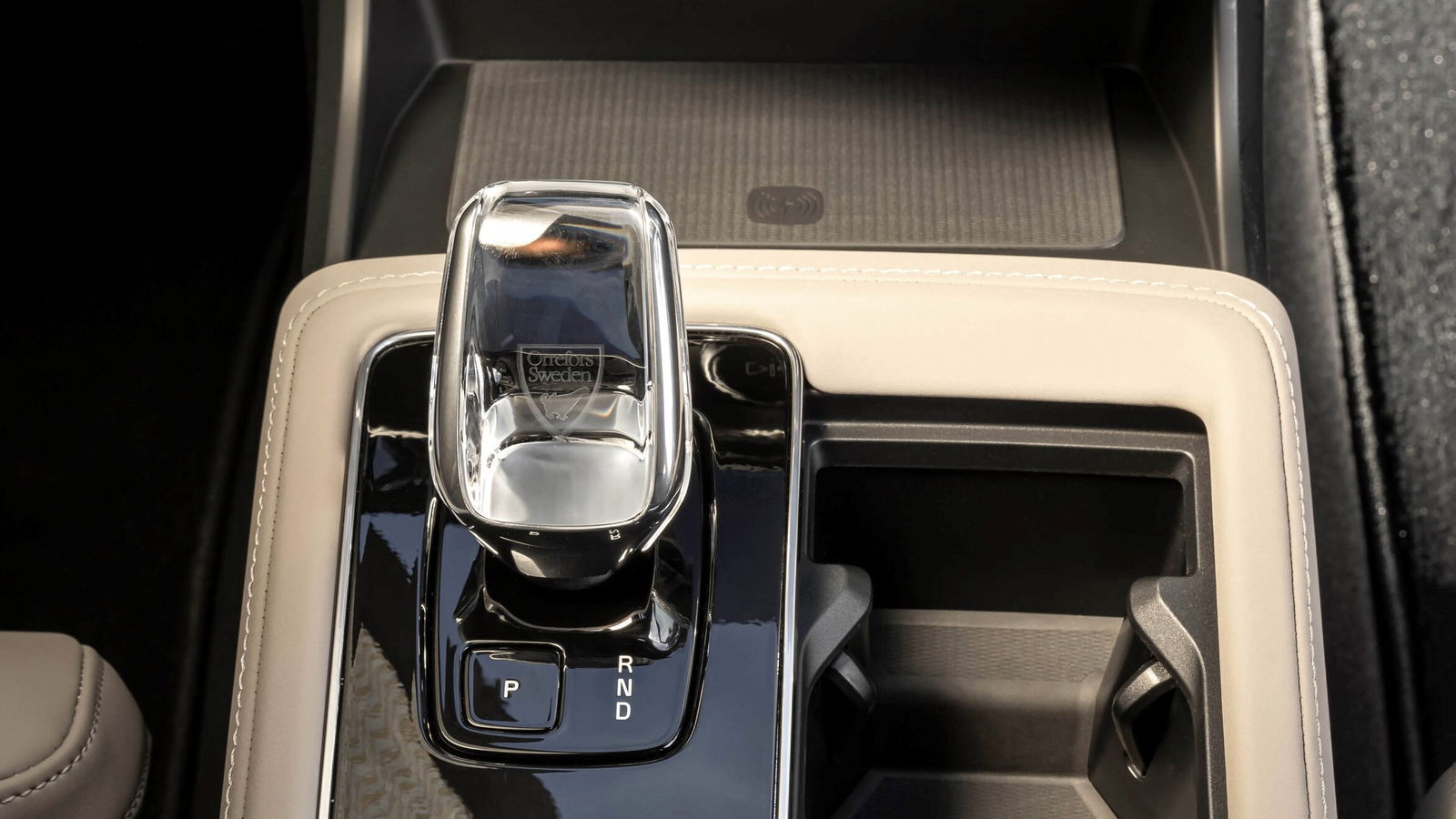
The materials are a welcome break from the usual brushed aluminium and faux carbon. There’s gorgeous textured ash wood on the dash, and the seats are trimmed in Nordico, a beautifully soft synthetic leather alternative. The crystal gear selector, crafted by Swedish glassmaker Orrefors, is equal parts exquisite and slightly chintzy. A panoramic roof is optional on the base Core model and standard on everything above it, and is really just the cherry on top as it floods the cabin with light.
Unsurprisingly, space in the front and middle rows is ample, and smaller adults could probably manage decent stints in the third-row seats too (very easy to pop up and down, FYI). The seats themselves pull the usual Volvo trick of feeling firmer than expected when you first sit in them, but supporting your body in ways you don’t really understand but just feel right.
Most really big, luxurious SUVs these days seem designed to make you look menacing, angry and like you might be compensating for some kind of deep-seated insecurity. The XC90, with its restrained styling and airy, welcoming cabin, is the opposite. It seems like it’s designed to be a car for nice people, in that unmistakably Volvo way.
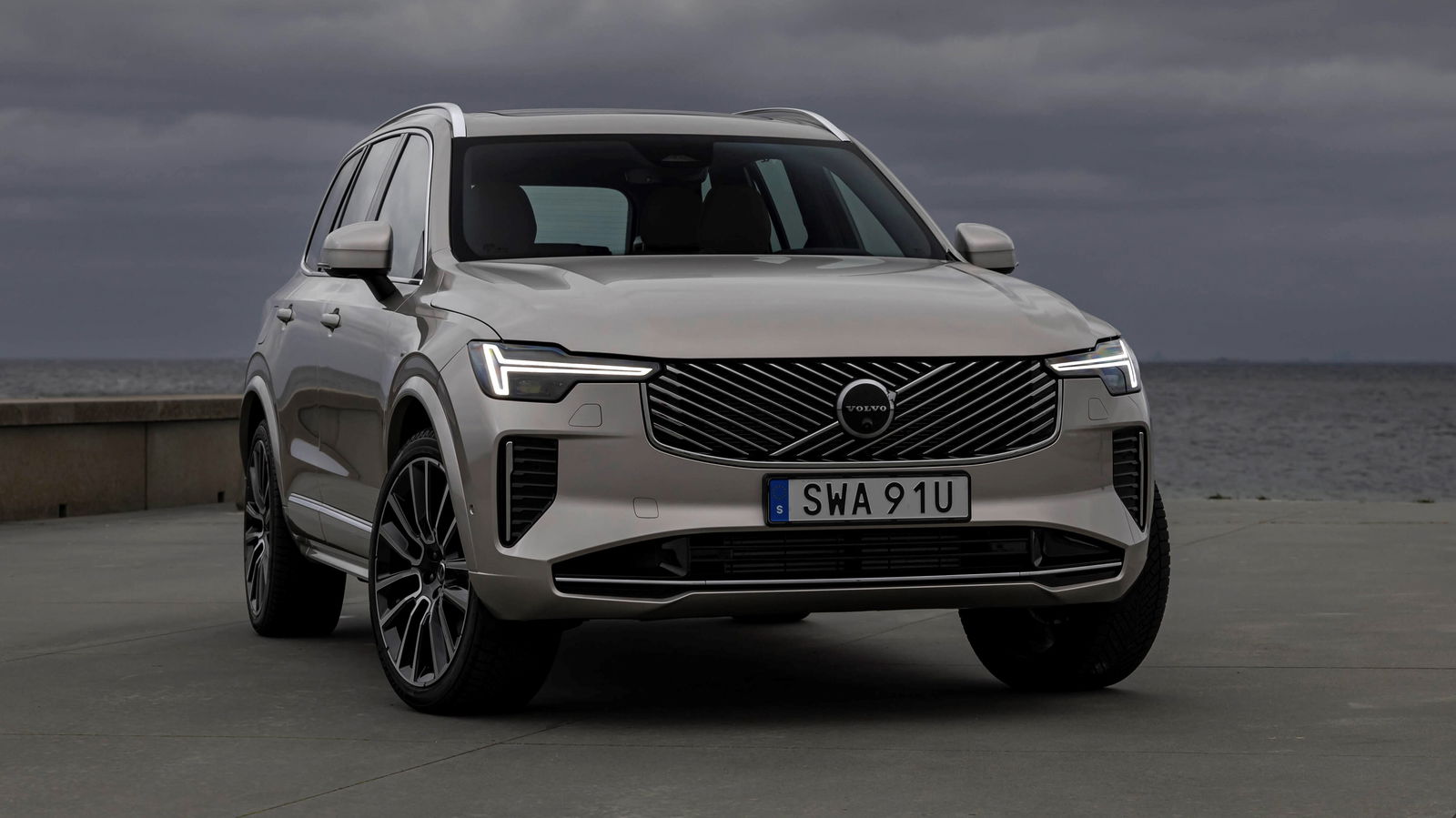
Fairly well-off nice people, mind. The mid-range T8 Plus model we drove starts at £77,760, with the paint and sun blinds on our car adding another £990. You can get a similarly-specced Land Rover Discovery for a good £5k less – although there’s no PHEV version of the Disco.
And while the Landie comes close, it can’t quite go about things in the same way as the Volvo. At the risk of falling back into lazy cliches, you can really tell it’s been developed by a nation full of saunas, vast pine forests and exceptionally high living standards. Exciting it ain’t, but it wraps you up in a big, friendly Nordic hug and whisks you off to a place of calm and quiet, and sometimes, that’s all you want.
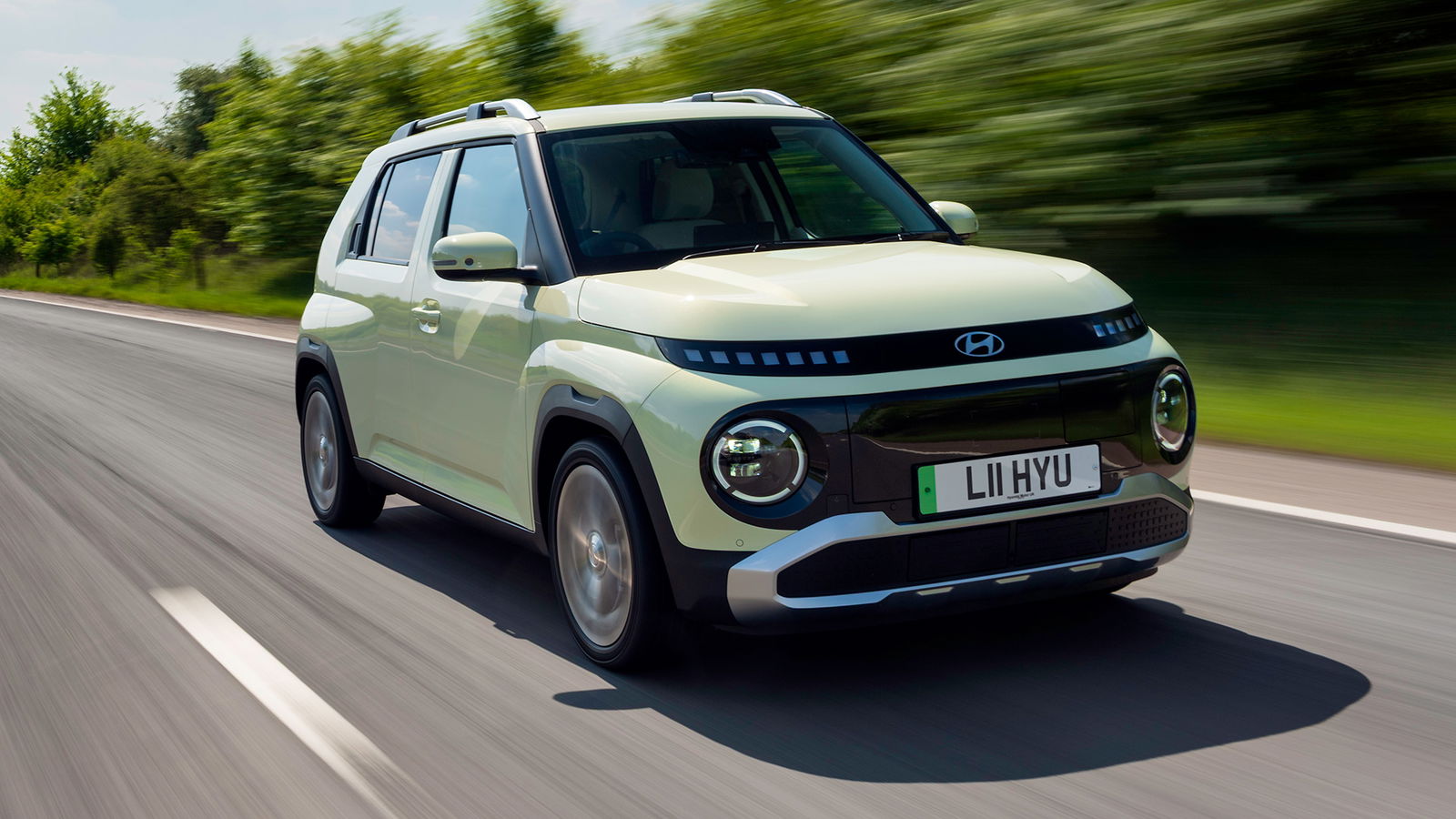
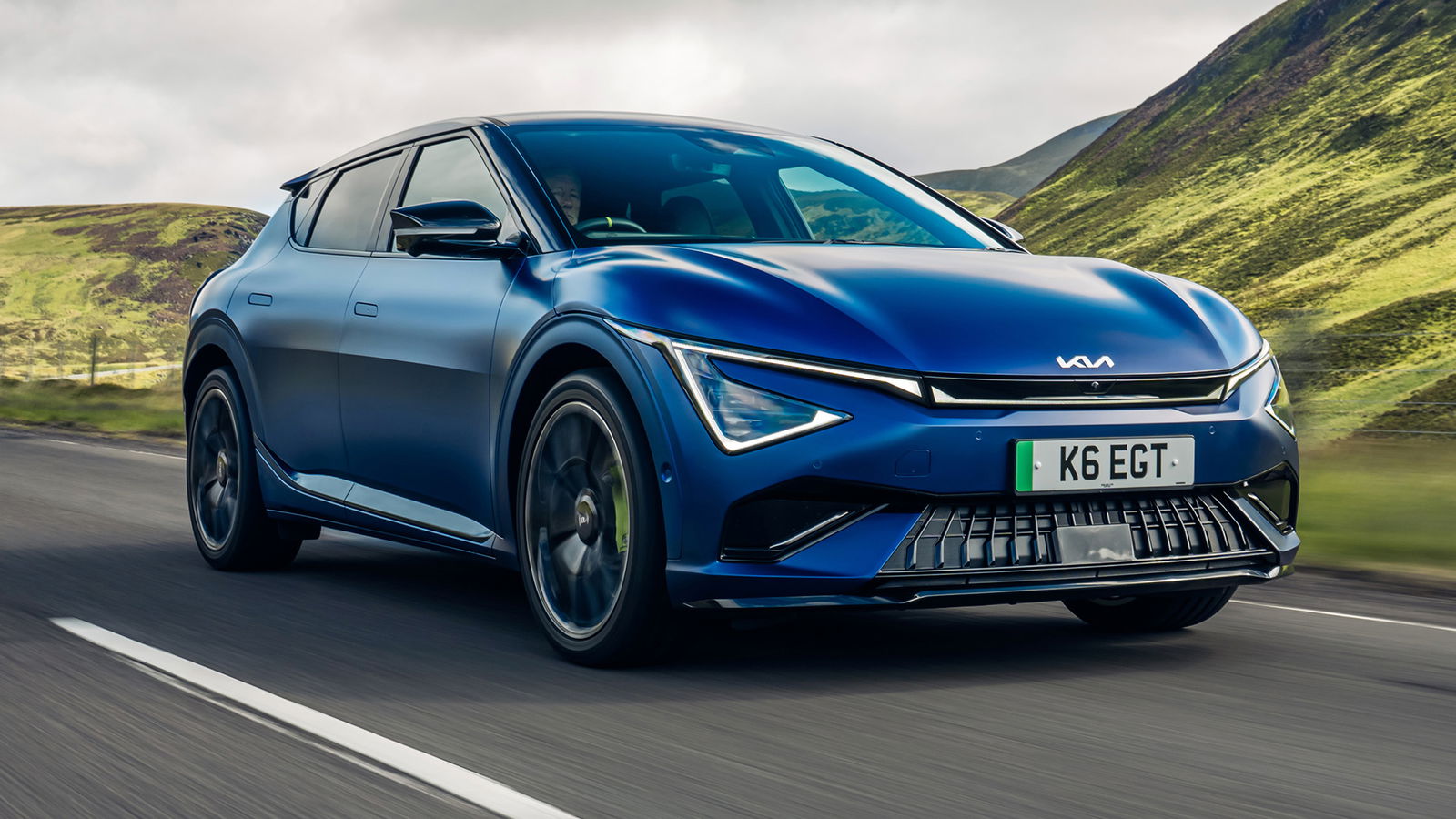

Comments